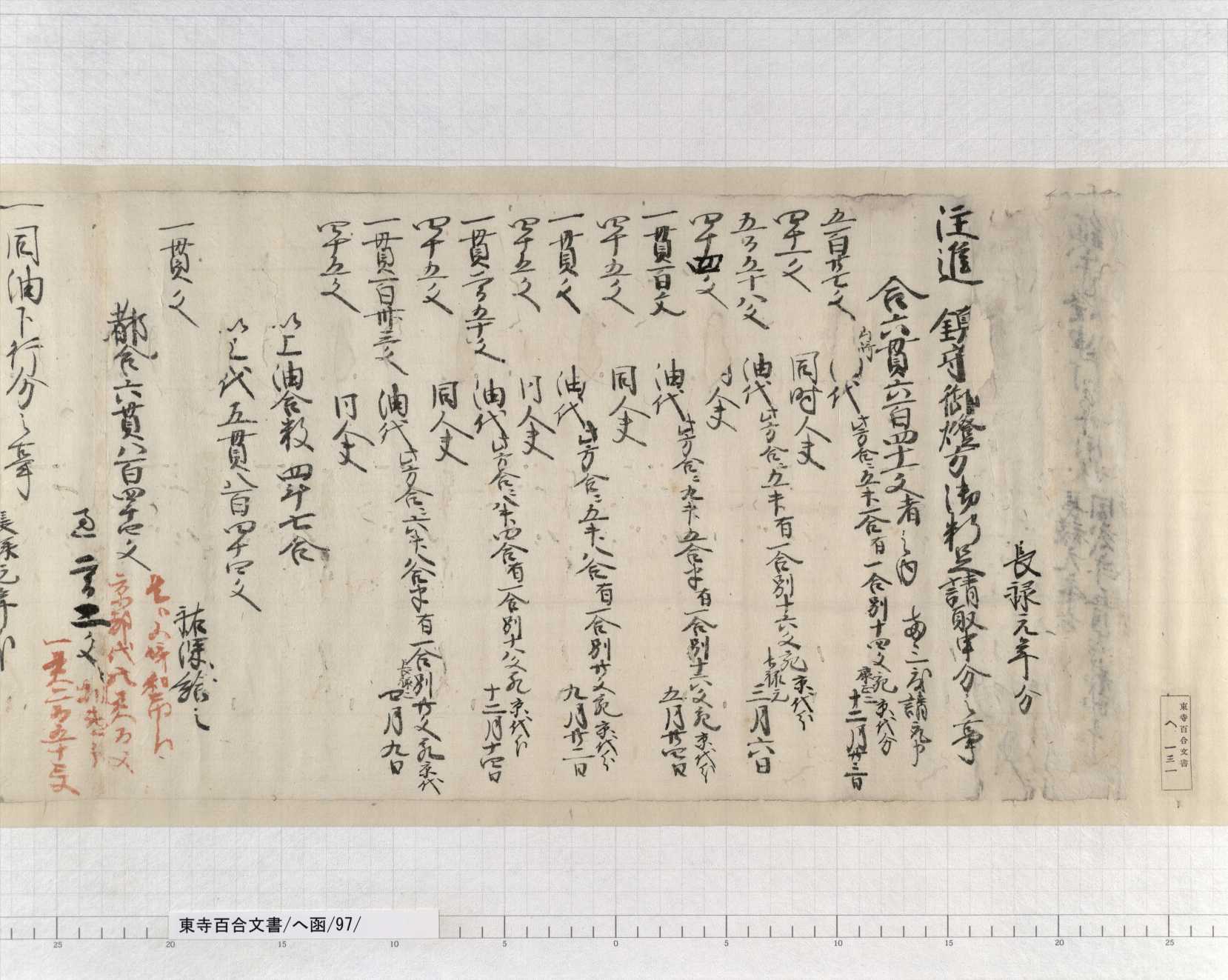A critical game or battle that may decide one’s fate is sometimes referred to as “Tennozan (天王山)”. “Tennozan” is a mountain located in Oyamazaki-cho(大山崎町) in southern Kyoto Prefecture. Hashiba Hideyoshi (羽柴秀吉) and Akechi Mitsuhide (明智光秀) fought for this mountain in their battle of Yamazaki. Hideyoshi won this mountain, and that victory determined their destinies in the entire battle. This is why a critical game or battle is called “Tennozan”.
In Oyamazaki, where Tennozan is located, the production of Egoma (荏胡麻Perilla seed) oil was prosperous. The origin of this product is believed to be traced back to the Heian period. Oil dealers were doing business around the Rikyu Hachimangu shrine (離宮八幡宮) at the foot of Tennozan, and later established a trade union called “Za”. The Oyamazaki Aburaza (lit. Oyamazaki Oil Trade Union) served Iwashimizu Hachimangu (石清水八幡宮), the main shrine for Rikyu Hachimangu, which was located across the river, and cooperated in religious services and festivals, and finally acquired exclusive rights for the procurement of raw materials, production and marketing, in return for such services.
The Egoma oil became a special product from this region, and was used for lighting lamps. It was not only delivered to Iwashimizu Hachimangu, but also marketed in Oyamazaki and in Kyoto. The Toji Hyakugo Archives records how the oil was traded:

Look at the characters written in red. They say “是ハ山崎和市分、京都代八貫百文、相違分一貫二百五十三文”. “和市” means trading prices. The characters tell that, while oil cost 8 kan 100 mon in Kyoto, it could be bought at a price lower by 1 kan 253 mon in Yamazaki. The transportation fee from Oyamazaki to Kyoto may have been added to the oil price, or the oil was sold at a higher price in accordance with the price level in Kyoto. In the Muromachi period, when this document was written, 1 kanmon was equivalent to 100,000 to 150,000 yen in the present day. It seems to have been a good bargain.

There are a few other documents that record trips to Oyamazaki for buying oil at prices lower than in Kyoto. See the ninth line from the end in the photo above. It is written “山崎ニテ買分、夫チン加定”. “夫チン (Buchin)” means a fee paid to carriers. When oil was bought in Oyamazaki, carriers had to be hired for transportation to Toji. The term “Rijun (理順)”, meaning profit, appears in many parts of the document, suggesting how people in those days racked their brain to reduce costs. It is interesting that life in those days had things in common to the present life.
(Kaji, Materials Section, the Kyoto Institute Library and Archives)